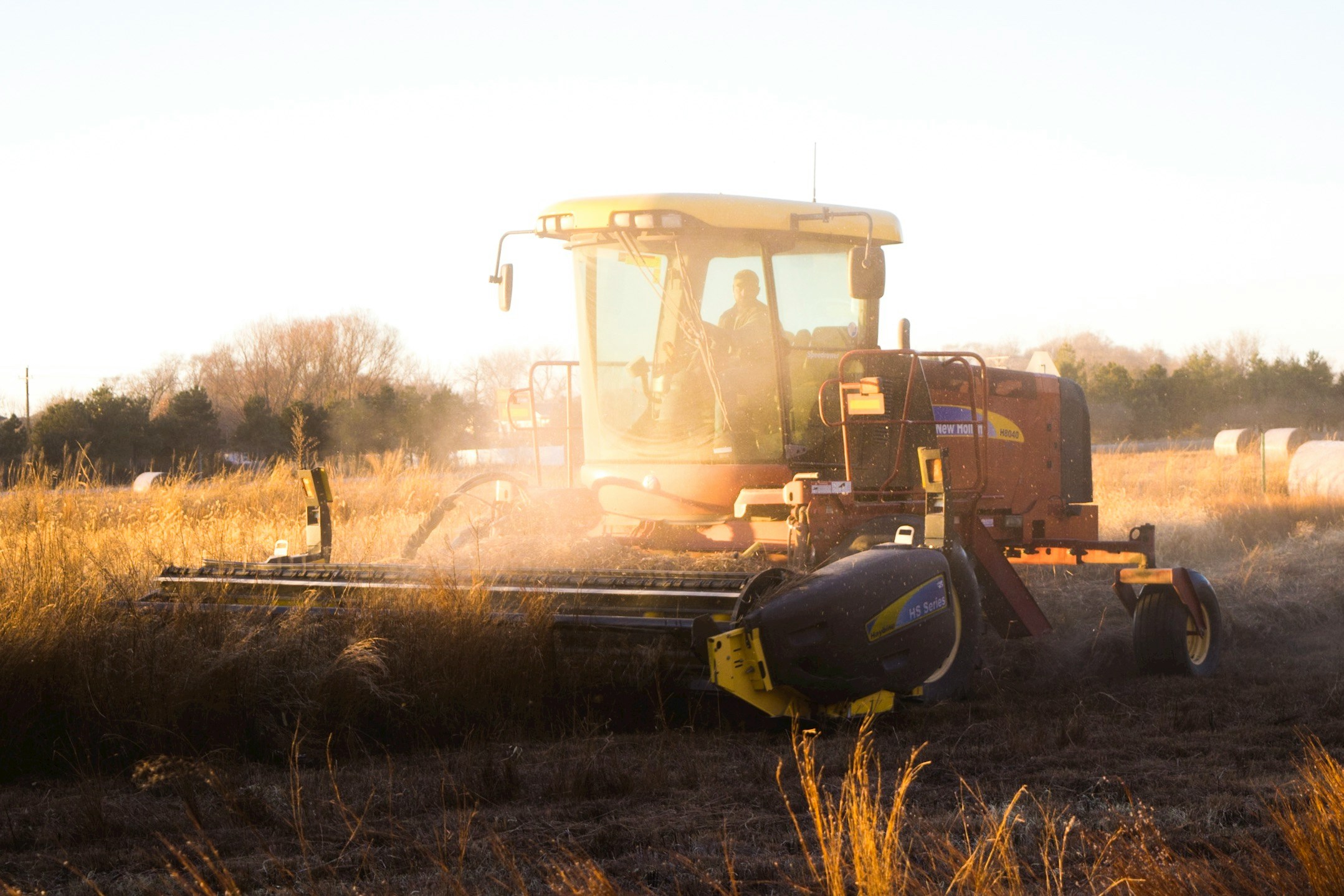Zimbabwe’s agriculture industrial revolution has gone a notch up with the confirmation of more support from Belarus. It was announced early February by Zimbabwe’s Agriculture Ministry that the Southern African country would get four thousand tractors from Belarus this year to help drive its food production ambitions.
Once a net food producer, Zimbabwe is on a mission to return to its status as a regional breadbasket but has in recent years failed to achieve its stated goals. Factors that include erratic rainfall induced by climate change have stalled grain production, while poorly equipped farmers have routinely recorded large scale crop failure.
Against that background, mechanisation has been seen as a major player in the projected rapid expansion of especially grain production. Already, Zimbabwe has received two thousand tractors, combine harvesters and related mechanised agriculture equipment in the past three years, according to the Agriculture Ministry. In recent years, Zimbabwe has been on a massive agriculture mechanisation drive, with officials touting the Belarus support as part of efforts to create a multi-billion dollar agricultural sector. Edwin Zimunga, a Director in the Lands, Agriculture, Fisheries, Water and Rural Development Ministry, told state media that Zimbabwe is seeking to modernise its agriculture sector, a message that has also been preached by President Emmerson Mnangagwa.
“The range of equipment that was delivered through the government-to-government programme covers issues pertaining to land preparation and tillage, planting and sowing, chemigation, fertigation, as well as weeding,” Edwin said.
“They also cover issues around harvesting through modern combine harvesters, and post-harvest agro-processing is also not left out,” he added. But for enthusiastic farmers rubbing their hands in anticipation of the largess, this machinery does not come for free, much like farming inputs such as maize seed and fertiliser.
“All this equipment is being accessed through farmer-friendly banks: CBZ, AFC Land Bank, Women’s Bank and Youth Bank. Farmers need to make an initial payment of only 15 percent and pay the balance within the preferred period of time as agreed,” Edwin said.
Yet in a country where banks have historically been reluctant to relax agriculture loan terms, there are concerns that the equipment could gather dust. Farmers’ unions have previously complained that banks are unwilling to gamble on agriculture finance, citing the fickle nature of a sector that is largely rain-fed. In the absence of rains, banks do not get their returns, so it goes.
In the years that Zimbabwe has upped the ante in the mechanisation of agriculture, the country has continued to struggle with meeting its grain production targets for example. Other agriculture sectors such as horticulture have also floundered in their efforts to turn the corner and reclaim peak production seen before the land reform programme. Critics note that in the absence of sustainable agriculture models including finance and expertise, such highly mechanised industrial size equipment, could fall flat in its ambitions to turn around the country’s efforts to realise a thriving green economy.
The country’s agriculture has suffered from lack of agriculture infrastructure such as irrigation and dams on which to anchor its farm mechanisation drive, but officials remain convinced that the Belarus equipment is just what the doctor ordered. According to the Agriculture Ministry, the country has over thirteen thousand tractors, three hundred combine harvesters and a host of smaller mechanised agriculture equipment.
But researcher and development expert Ian Scoones of the UK’s Institute of Development Studies has questioned the reach of such investments. “Are these the styles of mechanisation that small-scale farmers in Zimbabwe want? Probably not,” Scoones wrote in his blog late last year.
“Clearly there is a growing demand for mechanisation – for production, processing, transport and more – but the technologies need to be appropriate in scale, capital requirements and the ability to repair when they go wrong,” says Scoones who has researched and written extensively on Zimbabwe agriculture.
But fears of breakdowns and repairs have been addressed as part of the Belarus equipment agreement where a local dealership has been opened with specific focus on the maintenance of the giant agriculture machines.
As part of the agreement, Belarus technicians and experts will train local engineers to ensure farmers are not found wanting in the event of tractors and combine harvesters breaking down. It remains to be seen in the long run if the rapid mechanisation project will deliver Zimbabwe’s ambition to compete at a global level regarding food production.









